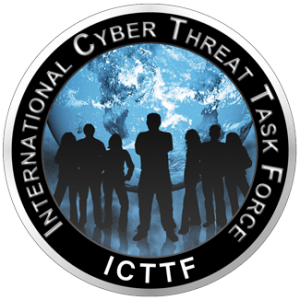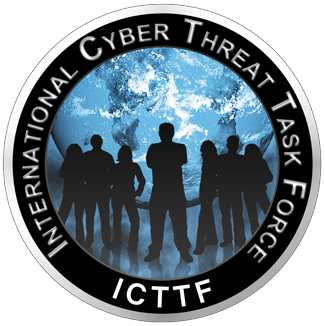
All Roads Lead to Digital Resilience: Navigating DORA, NIS2, and the UK Operational Resilience Framework in the Age of AI
In today’s digital-first economy, resilience is no longer a technical concern — it is a board-level imperative. Whether you're operating in Dublin, Düsseldorf or Dover, one thing is clear: all regulatory roads are now converging on a single destination — Digital Resilience.
We are witnessing the simultaneous implementation of three powerful regulatory frameworks:
-
EU DORA (Digital Operational Resilience Act)
-
The NIS2 Directive (Directive on Security of Network and Information Systems)
-
The UK Operational Resilience Framework
Each is distinct in its mandate, scope, and enforcement mechanism, yet they are fundamentally aligned in purpose. Their goal is to ensure that organisations — particularly those in the financial and critical infrastructure sectors — can withstand, respond to, and recover from digital disruption.
The Real-World Cost of Fragility
These frameworks are not theoretical exercises — they are being introduced in response to clear and present danger.
Just consider two recent high-profile examples:
🔌 Spain, April 2025:
A massive power outage swept through several regions, affecting transport, hospitals, and public services. The disruption, believed to stem from a cyber-induced systems failure, brought entire city grids to a halt — starkly exposing how vulnerable our critical infrastructure has become.
🛒 Marks & Spencer, May 2025:
A major cyberattack targeting the UK retail giant disrupted systems and services and wiped an estimated £700 million off the company’s market value in just days. The attack didn’t just affect IT — it shook investor confidence and public trust, raising serious questions about preparedness at the board level.
These incidents are not anomalies — they are symptoms of a larger systemic risk: a failure to embed digital resilience at the heart of organisational strategy.
The Convergence of
Compliance and Capability
The Double-Edged Sword of AI
Leadership Is the Differentiator
Final Thought

HEAD OFFICE
-
ICTTF Ltd
Unit 8, Kinsealy Business Park,
Kinsealy Lane,
Malahide,
Co Dublin
K36 CX92 -
info@icttf.org
support@icttf.org -
+353 (0)1 905 3263

